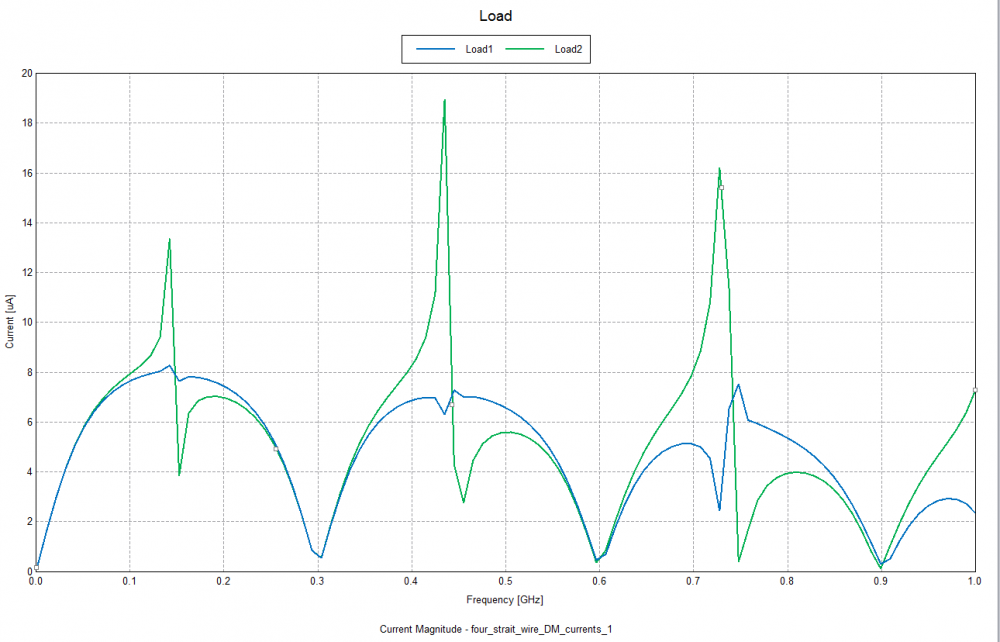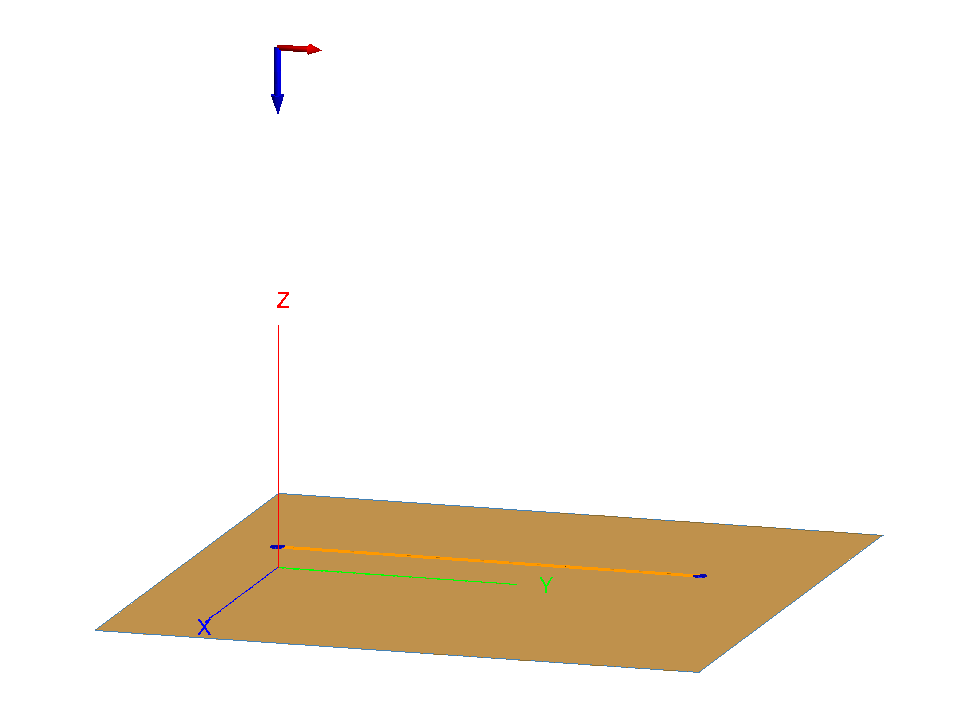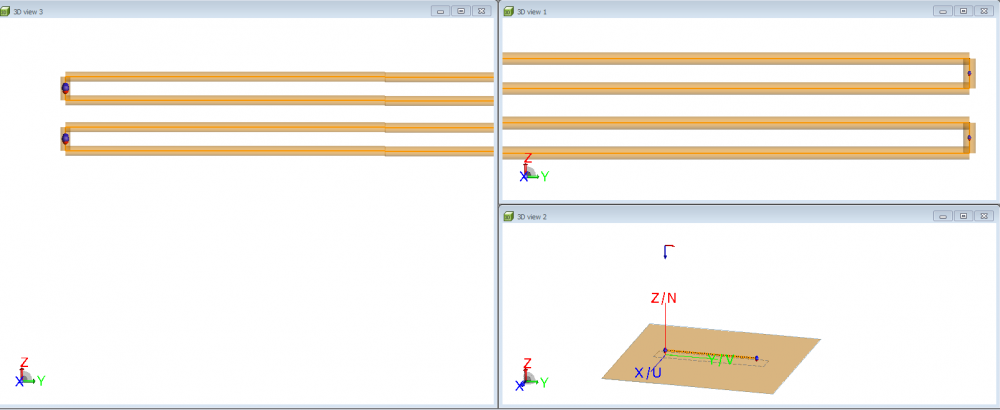i have designed 4 transmission lines irradiated by plane wave, in which the electric field is parallel to the line. the obtained induced currents in each conductor contains distortions at the peaks.
i dont know where the distortion come from, i want to eliminate them. any suggestions. please
<?xml version="1.0" encoding="UTF-8"?>
<?xml version="1.0" encoding="UTF-8"?>
<?xml version="1.0" encoding="UTF-8"?>